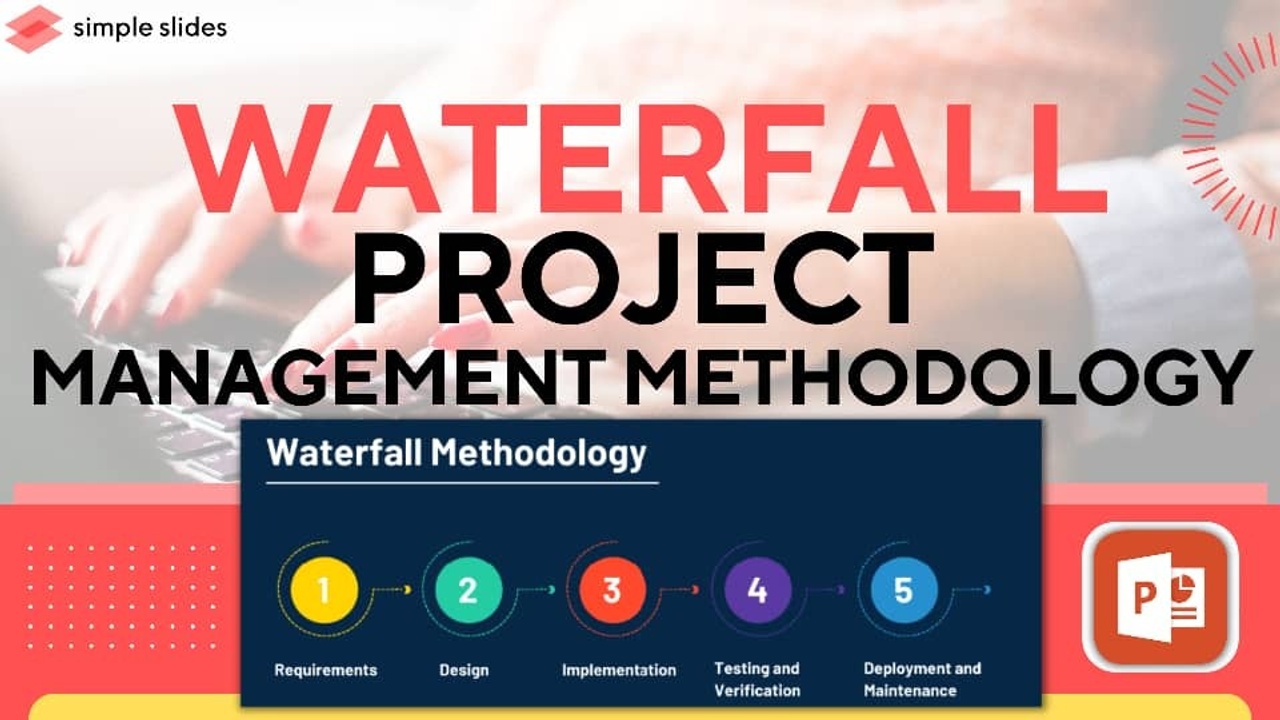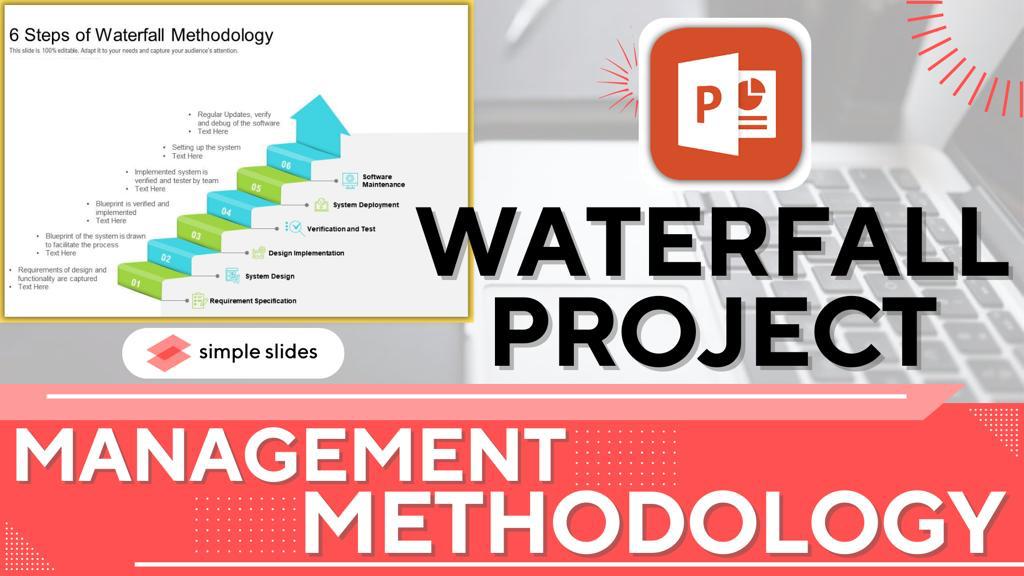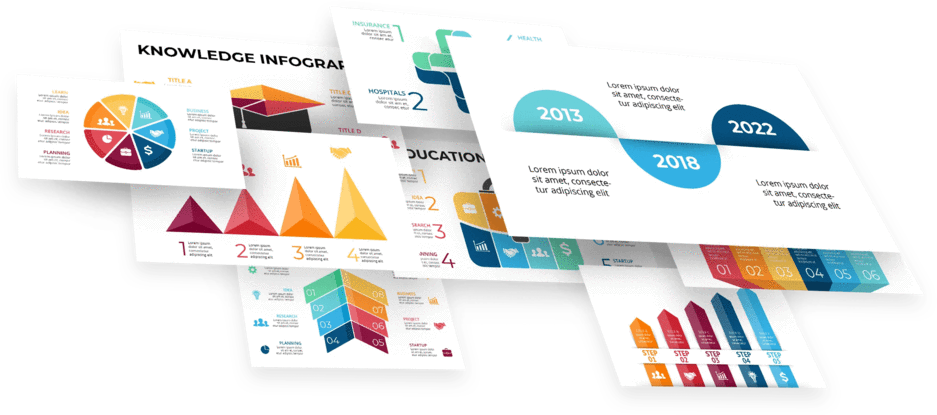What is Waterfall in Project Management or Waterfall Methodology?
Nov 20, 2022
Different approaches are available for different types of projects. As a project manager, you understand as many project management methodologies as possible and know when to implement them.
The waterfall project management methodology is usually first on any list. The traditional framework enables project managers to take a careful and structured approach.
We will provide a comprehensive guide to waterfall project management and teach you how to implement it.
Waterfall Project Management Methodology.
The waterfall project management approach requires project managers to progress linearly. Managers split projects into different stages and execute them sequentially. A phase begins only after the previous phase is complete.
Additionally, waterfall projects are known to be well-detailed and structured. Managers collect the necessary information about their project to plan and document all stages in advance. This way, the project flows from one stage to the other like a waterfall.
Despite originating from rigid industries like construction and manufacturing, the waterfall project management methodology is now used for software development projects. The waterfall methodology is best visualized using a Gantt chart.
The Stages in Waterfall Project Management.
Waterfall project management has some variations. However, Winston W. Royce introduced the original waterfall model for the software development process in 1970, with five phases.
1. Requirements Phase.
The first step in waterfall project management is gathering the necessary information. You will use this information to plan each project stage, so ensure you don't miss anything.
Start by collecting the client or sponsor's requirements. With this information, you can build a project requirements document. A project requirements document is a project plan that breaks down each phase.
Your project requirements document should include all the phases, team members, resources, timeline, dependent tasks, success timeline, etc.
We have the best project timeline presentation template.
2. Design Phase.
The design phase in a software development project is where you decide how you will get the job done. This includes selecting your preferred technology, drawing diagrams, designing software architecture, etc.
You can further split this phase into two sub-phases: logical design and physical design. The logical design phase is where you do your theoretical work, while the physical design phase is where you materialize your theoretical designs.
3. Implementation Phase.
So far, you have created a requirements document and system design. It is finally time to create your solution. This process would be more straightforward if you correctly executed the first two phases.
4. Testing Phase.
In the testing phase, the quality assurance team receives the product from the development team. QA testers check a product to ensure that it meets expectations and is free of malfunctions. Without proper testing, you can't guarantee that the end user will have a good experience.
5. Maintenance Phase.
The maintenance phase begins when the client starts using the product. Your team will continue working on the product to provide updates and fix issues.
Remember to consistently document the entire process when you use the waterfall method. This will help you identify issues and serve as a reference for future project teams.
When Waterfall Methodology Works.
Despite offering a structured approach to project management, the waterfall methodology isn't suitable for all situations. Look below to discover situations when the waterfall project management approach is suitable:
You Have Clear Project Requirements.
We recommend that you use the waterfall method when you have clear goals. It will enable you to plan the steps you will take from the beginning to the end beforehand. You will also have a clear idea of all the necessary resources.
The Project Progress Is Linear.
Waterfall methodology doesn't allow project teams to work on multiple phases simultaneously. Hence, it would be best to use only it when you have enough time and resources to execute one phase at a time.
Repeatable Processes
Since all phases are well-documented in the waterfall model, project managers can develop repeatable processes. Repeatable processes are easy to recreate and helpful for training purposes.
Advantages of the Waterfall Method.
Waterfall methodology offers project leaders several benefits. They include:
- The phases are well-planned and easy to understand
- Progress is easy to track
- It doesn't require continuous inputs from clients
- It fosters documentation
- It increases an organization's knowledge base
- Project requirements are clear from the start

Disadvantages of the Waterfall Method.
Waterfall project management has downsides that make it unfit for all situations. Project leaders opt for agile project management methodologies in such situations.
- Backtracking is difficult
- The linear approach is time-consuming
- Clients may change their minds after the requirements phase
- Clients don't have a say during design and implementation
Download a Waterfall Project Management Template.
Project managers in various industries use the waterfall project management framework because it is effective. If you like the idea of waterfall projects, you can start your journey with our waterfall project management template.
Frequently Asked Questions:
What is waterfall project management methodology?
Waterfall is a project management methodology in which managers plan and document the entire process in advance. They then execute the different phases linearly.
What are the five phases in waterfall project management?
The five phases in waterfall project management include:
- Requirements
- Design
- Implementation
- Testing
- Maintenance
What is an alternative to waterfall project management?
You should opt for agile project management if you need an iterative process.
Related Article:
Get A Free Sample of Our Award-Winning PowerPoint Templates + University
Get A Free Sample of Our Award-Winning PowerPoint Templates + University
Join our mailing list to receive the latest news and updates from our team.
Don't worry, your information will not be shared.
We hate SPAM. We will never sell your information, for any reason.






